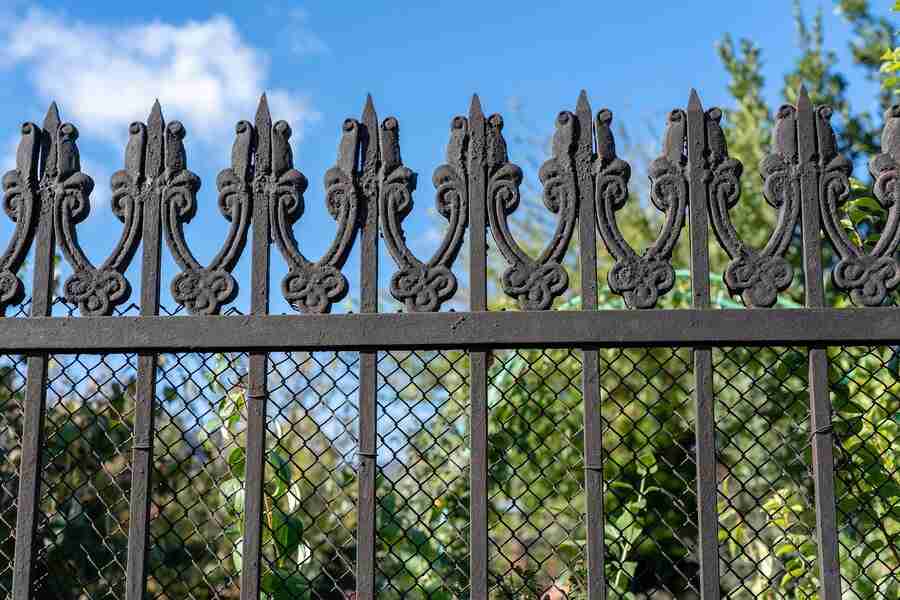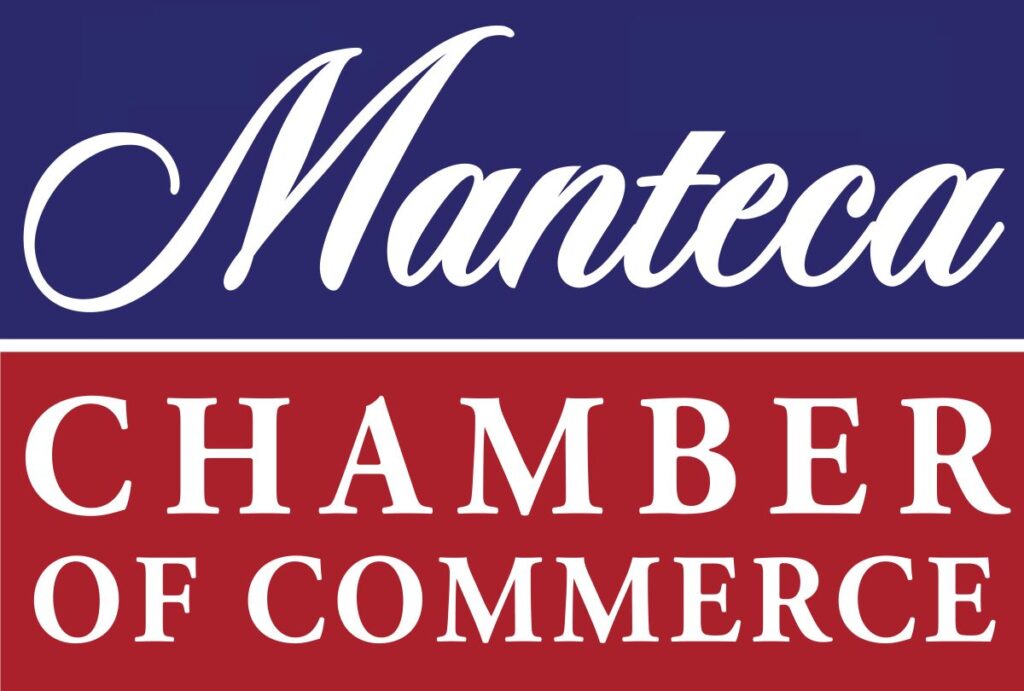
In the world of architectural aesthetics, few elements evoke the timeless charm and sophistication quite like iron fences. These sturdy structures not only serve the practical purpose of delineating boundaries and providing security but also stand as elegant statements of craftsmanship and design. From intricate scrollwork to minimalist patterns, classic iron fences have adorned estates, gardens, and public spaces for centuries, leaving an indelible mark on the landscape of both urban and rural environments.
Join us on a journey through the history and allure of classic iron fence designs, where we explore the craftsmanship, symbolism, and enduring appeal of these iconic architectural features. Whether you’re a homeowner seeking to add a touch of refinement to your property or a history enthusiast fascinated by the evolution of design, this exploration promises to unveil the elegance woven into every twist and curve of wrought iron.
Timeless Craftsmanship: Artistry in Ironwork
Ironwork stands as a testament to the timeless craftsmanship that has captivated generations. From the meticulous forging of metal to the delicate shaping of intricate details, every aspect of ironwork reflects the skill and dedication of artisans throughout history. The artistry in ironwork is not merely functional but also aesthetic, with craftsmen often imbuing their creations with a sense of beauty and elegance.
Whether it’s the graceful curves of a wrought iron gate or the intricate patterns of a fence, each piece tells a story of creativity and mastery. Despite the advancements in technology, the allure of handcrafted ironwork continues to endure, drawing admirers who appreciate the craftsmanship and attention to detail that are synonymous with this ancient art form.
Symbolism and Significance of Iron Fencing
Iron fencing carries a profound symbolism and significance that extends beyond its practical function as a boundary marker or security measure. Historically, iron has been associated with strength, resilience, and protection, making it a fitting material for fencing. Beyond these literal interpretations, iron fencing often holds deeper meanings that reflect cultural, societal, and personal beliefs. Here are some aspects of the symbolism and significance of iron fencing:
- Strength and Durability: The robustness of iron symbolizes endurance and steadfastness, conveying a sense of security and stability.
- Prestige and Status: Throughout history, iron fencing has adorned the estates of the affluent and influential, signifying wealth, power, and privilege.
- Artistic Expression: The intricate designs and patterns found in iron fencing showcase the craftsmanship and creativity of artisans, serving as expressions of beauty and aesthetic sensibility.
- Boundary and Protection: Iron fencing delineates boundaries and provides a sense of enclosure, creating a barrier between the private and public realms while offering protection and security to inhabitants.
Evolution of Classic Iron Fence Designs
The evolution of classic iron fence designs is a testament to the ever-changing landscape of architectural trends and artistic influences. From the ornate wrought iron fences of the Victorian era to the sleek and minimalist designs of the modern age, iron fencing has continuously adapted to reflect the prevailing styles and tastes of each era. Early iron fences were characterized by intricate scrollwork and elaborate patterns, showcasing the craftsmanship of skilled artisans.
As architectural preferences shifted towards simplicity and functionality, iron fences began to feature cleaner lines and geometric shapes, emphasizing a more contemporary aesthetic. Despite these shifts, certain design elements, such as decorative finials and decorative motifs, have remained timeless, serving as enduring symbols of elegance and sophistication in the world of ironwork.
The Influence of Cultural Trends
Cultural trends have played a significant role in shaping the design and aesthetics of iron fencing throughout history. In different regions and periods, cultural influences have left their mark on the patterns, motifs, and overall styles of ironwork. For example, during the Renaissance period, iron fences in Europe often featured intricate designs inspired by classical motifs and mythology, reflecting the revival of interest in ancient art and culture.
Similarly, in colonial America, iron fencing was influenced by European designs but also incorporated indigenous motifs and craftsmanship techniques. As societies became more interconnected through trade and exploration, cultural exchange led to the fusion of styles and the emergence of unique hybrid designs. Today, cultural diversity continues to influence iron fence designs, with artisans drawing inspiration from a wide range of traditions and heritage to create fences that reflect the multicultural landscape of contemporary society.
From Estates to Urban Landscapes
Iron fencing has seamlessly transitioned from adorning grand estates and palaces to enhancing the urban landscapes of cities and towns around the world. While historically associated with wealth and privilege, iron fencing has become more accessible and widespread, gracing public parks, gardens, and municipal buildings.
In urban settings, iron fences serve not only as decorative elements but also as functional barriers, providing security and delineating public spaces. From quaint residential neighborhoods to bustling city centers, iron fences contribute to the visual appeal and character of urban environments, adding a touch of elegance and sophistication to the streetscape.
Elegance in Minimalism: Simple Designs
In contrast to the elaborate ornamentation of traditional iron fences, minimalist designs have emerged as a contemporary expression of elegance and sophistication. Characterized by clean lines, geometric shapes, and understated details, minimalist iron fences exude a sense of modernity and simplicity.
These sleek and streamlined designs are often favored in urban environments and modern architectural projects, where the emphasis is on clean aesthetics and functionality. Despite their simplicity, minimalist iron fences can still make a powerful visual statement, showcasing the beauty of well-crafted materials and precise craftsmanship.
Ornate Scrolls and Intricate Patterns
Ornate scrolls and intricate patterns are hallmarks of classic iron fence designs, adding a sense of opulence and grandeur to any setting. From delicate filigree to bold geometric motifs, these decorative elements are meticulously crafted to enhance the beauty and elegance of iron fences. Often inspired by nature, history, and cultural symbolism, these intricate patterns serve as visual storytelling, inviting viewers to admire the craftsmanship and artistry of the ironwork.
Whether adorning the gates of a stately mansion or the perimeter of a public park, ornate scrolls and intricate patterns infuse iron fences with a sense of timeless beauty and sophistication.

Preservation and Restoration Techniques
Preserving and restoring classic iron fence designs requires a combination of careful techniques and attention to detail. Here are some key methods employed in the preservation and restoration process:
- Sandblasting: This method involves using high-pressure air to blast abrasive particles onto the surface of the iron fence, removing rust, paint, and other debris.
- Painting: Applying a fresh coat of paint not only enhances the aesthetic appeal of the fence but also provides a protective barrier against corrosion.
- Protective Coatings: Adding protective coatings such as sealants or rust inhibitors helps to prevent moisture from penetrating the surface of the iron, reducing the risk of rust and corrosion.
- Repairing Damaged Sections: Identifying and repairing any damaged or weakened sections of the fence is crucial for maintaining its structural integrity.
- Replacing Missing Components: If any decorative elements or components are missing or damaged beyond repair, they may need to be replaced with new pieces that match the original design.
- Recreating Intricate Details: Restoring intricate details and patterns requires skilled craftsmanship to recreate the original design and ensure a seamless integration with the existing fence.
These preservation and restoration techniques help to prolong the lifespan of classic iron fence designs, allowing them to continue enchanting admirers for generations to come.
Contemporary Interpretations of Tradition
While classic iron fence designs have stood the test of time, contemporary artisans are reimagining traditional motifs and techniques to create fresh and innovative interpretations. Drawing inspiration from the past while embracing modern materials and technologies, these contemporary iron fences blend the elegance of tradition with the creativity of the present.
Whether incorporating sustainable materials, experimenting with unconventional shapes, or incorporating digital design tools, contemporary iron fences push the boundaries of what is possible while honoring the timeless appeal of classic craftsmanship. These innovative interpretations breathe new life into ironwork, ensuring that it remains a vibrant and relevant art form in the 21st century.
Iron Fences in Literature and Art
Iron fences have not only left their mark on the physical landscape but have also permeated the realms of literature and art, inspiring poets, writers, and artists alike. From romantic depictions of moonlit gardens with ornate iron gates to stark imagery of prison bars symbolizing confinement and oppression, iron fences have been used as powerful metaphors in literature and poetry.
Similarly, artists throughout history have been drawn to the intricate patterns and textures of ironwork, capturing its beauty in paintings, sculptures, and photographs. Through their creative interpretations, writers and artists have imbued iron fences with deeper meaning and symbolism, elevating them from mere architectural elements to enduring symbols of human emotion, aspiration, and resilience.
In conclusion, classic iron fence designs embody a rich tapestry of craftsmanship, symbolism, and cultural significance that has transcended time and geography. From the intricate scrollwork of Victorian-era fences to the sleek minimalism of contemporary interpretations, iron fencing continues to captivate with its elegance and beauty.
As guardians of property lines and guardians of tradition, these fences stand as enduring testaments to human creativity and ingenuity. Whether adorning historic estates or enhancing modern urban landscapes, iron fences enrich our surroundings with their timeless charm and sophistication.
For those seeking to add a touch of elegance and security to their properties, explore the possibilities with High Quality Fence. Contact us today at 209-815-9015 or email us at info@highqualityfence.com to discuss your iron fencing needs. Our team of experts is dedicated to providing high-quality craftsmanship and exceptional service to bring your vision to life. Let us help you create a timeless and elegant addition to your property with our exquisite iron fence designs.
 Se Habla Español
Se Habla Español


